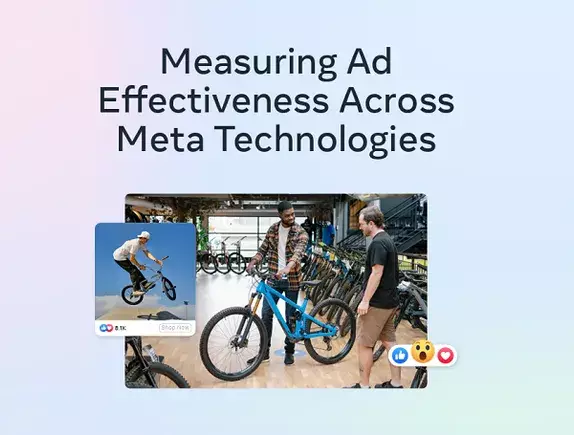In today’s fast-paced digital marketing landscape, the ability to measure success effectively has transitioned from a mere advantage to a fundamental necessity. Brands utilizing platforms like Facebook and Instagram must grasp the intricacies of ad performance to ensure their marketing strategies yield meaningful results. It’s not simply about reaching a wide audience; it involves carving out the right audience and delivering messages that resonate deeply. Without a reliable compass—accurate metrics—marketers risk navigating through a complex terrain blindfolded, unsure of which approaches lead to genuine engagement and conversion.
From my perspective, the importance of alignment within an organization cannot be overstated. Success is, after all, absent when teams fail to agree on what it means. Some organizations chase after website clicks, while others may place their bets on generating quality leads or enhancing brand visibility. The ultimate danger lies in muddled metrics; when teams are not on the same page, the data they collect becomes all but meaningless, resulting in misguided strategies that squander resources rather than allocate them wisely.
Meta’s Arsenal: A Double-Edged Sword
Meta, the parent company of these social media giants, understands the pressing need for accurate measurement tools. They have developed an extensive suite of resources to empower marketers. These resources are divided into categories such as attribution solutions, experiments, modeling, and custom analytics—each carefully crafted to cater to businesses of varying sizes and capabilities. However, embracing these tools requires more than just access; it necessitates a willingness to learn, adapt, and innovate continually.
For many brands, diving into Meta’s extensive toolkit can feel overwhelming. The sophistication of their offerings presents both opportunity and complexity. Attribution solutions, while illuminating consumer paths to conversion, can lead some organizations into paralysis by analysis; they become so focused on understanding touchpoints that they risk losing sight of the broader narrative of their marketing efforts. Experiments can provide invaluable data but often lead to excessive testing rather than prompt action. For those who can integrate these insights effectively, the potential for growth is immense, but the line between insight and indecision is perilously thin.
The Need for Educating Marketers and Stakeholders
As it stands, many businesses gamble on their automatic ad placements without fully comprehending the metrics at play. Although automation expedites processes and scales operations, it does present a precarious challenge: How do marketers ensure that these automated systems yield favorable returns? This ongoing uncertainty underscores the need for robust education and continuous improvement. Without clear insights into how these systems impact overall effectiveness, brands risk operating in a state of ambiguity, placing undue faith in mechanisms lacking thorough understanding.
Further complicating the landscape is the relentless evolution of consumer behavior and preferences. Today’s consumers are multifaceted, and as such, marketing strategies need to be equally dynamic. The rise of algorithm-driven advertising demands constant re-evaluation of metrics and an almost iterative mindset toward measurement. Stagnation in understanding leads to obsolescence, and that reality is particularly unforgiving in such a competitive marketplace.
Transforming Measurement from a Checklist to a Journey
True success in digital marketing emerges when measurement is perceived not as a finite checklist but as an ongoing voyage. This perspective empowers brands to adapt strategies proactively rather than reactively. It fosters an environment where data analysis informs decision-making processes, ultimately steering growth and nurturing customer allegiance.
Brands striving for meaningful engagement will discover the necessity of refining their measurement approaches continually. It’s a potent reminder that marketing isn’t a linear path but rather a dynamic, evolving process that requires tenacity and flexibility. Through consistent evaluation of how campaigns align with business objectives, companies will position themselves favorably within the landscape. This ongoing dialogue between measurement and strategy is where opportunities are born.
In essence, those companies that commit to a deeper understanding of their audience through incisive measurement stand to gain a significant advantage. As Meta’s measurement capabilities continue to grow ever more sophisticated, brands willing to ride the wave of change will not only keep pace in an evolving marketplace but will also thrive amidst it. The underlying truth remains: success is built on the foundation of meticulous measurement and decisive action.









Leave a Reply